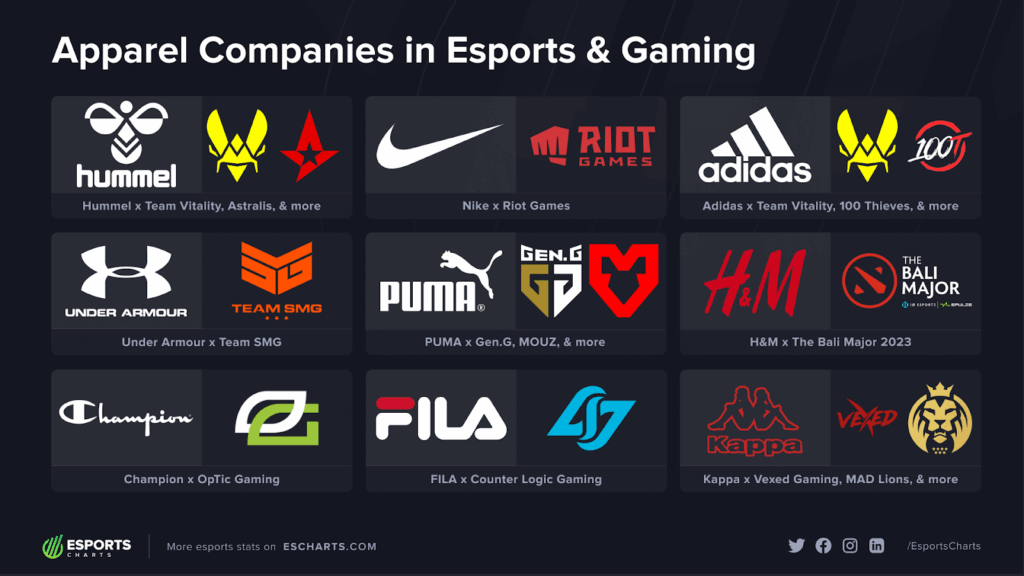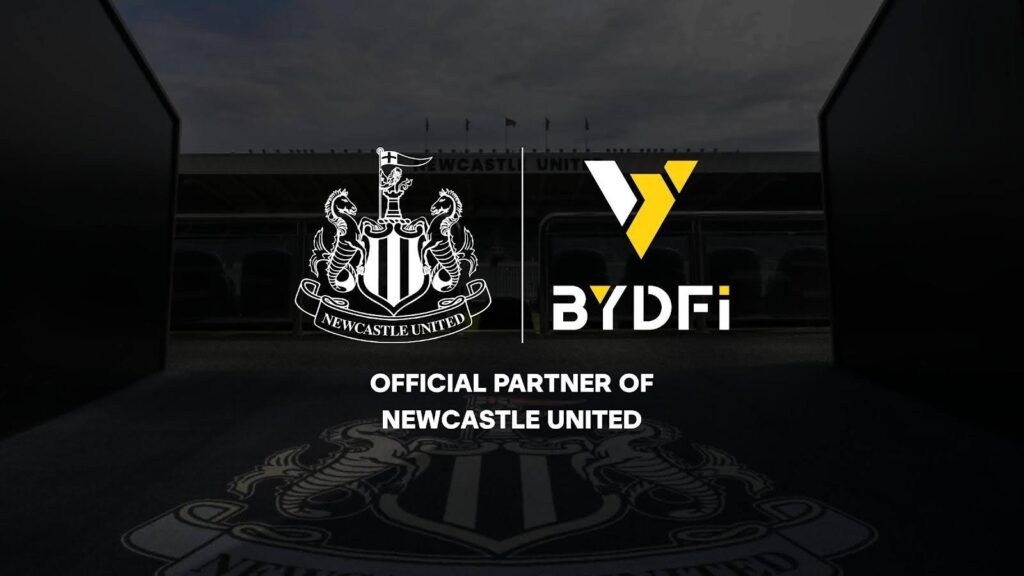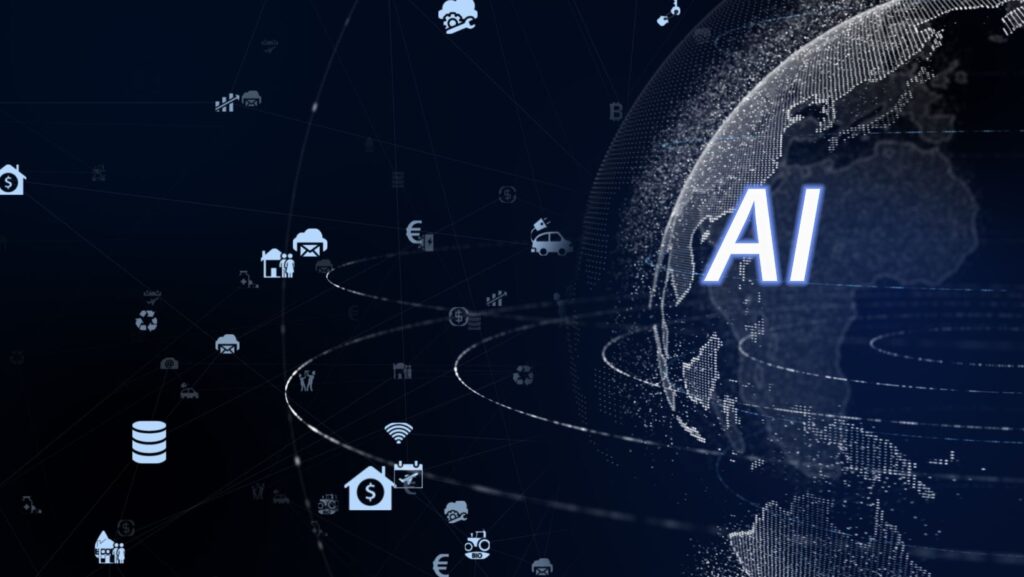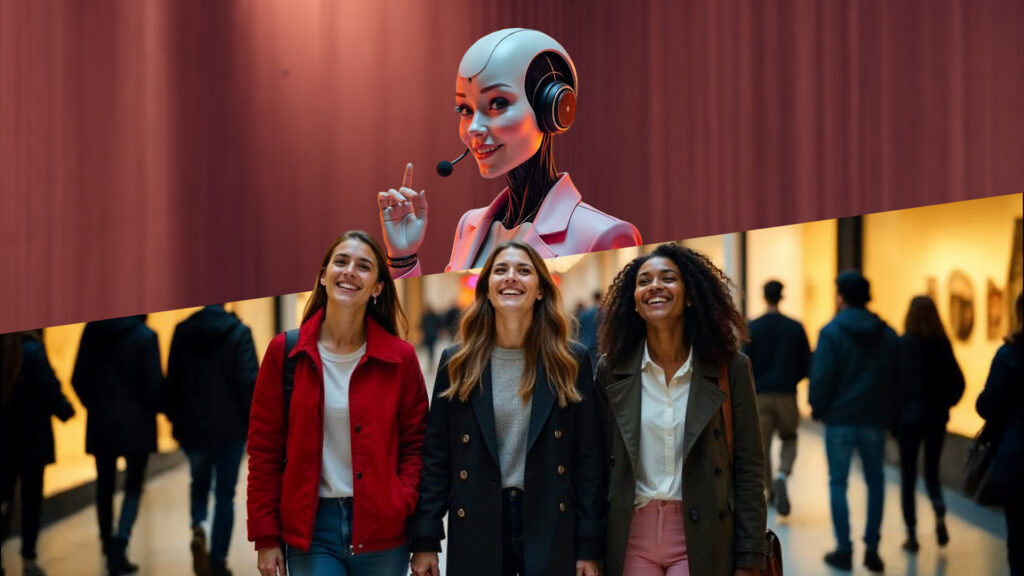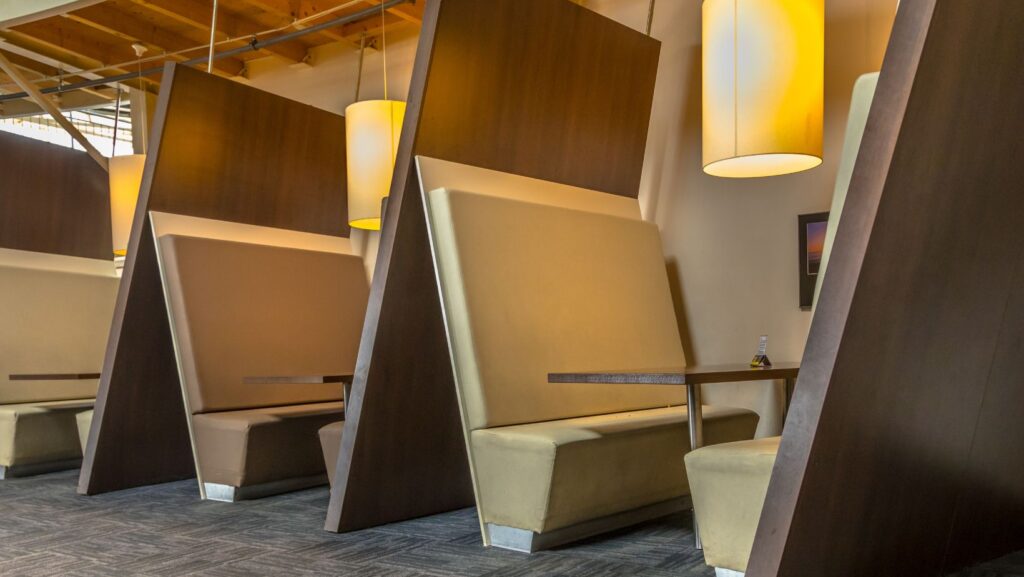Is There a Number to Dial to See if Your Phone Is Tapped? Your Questions Answered
When your phone is tapped, it can cause a lot of problems. This is because someone else can have access to your phone calls. Whether they’re listening in on your calls or having the calls forwarded to another number, it’s important to know if someone is messing with your phone number. For this reason, you may be asking yourself, “Is there a number to dial to see if your phone is tapped?” The good news is that we’re here to help. Read on to learn more in this article. Is There a Number to Dial to See If Your Phone Is Tapped? There is no phone number to call to see if your phone is tapped. This is because people who are tapping your phone tend to be doing it because they have permission from the state or federal governments. Even if they don’t, and they’re just hackers or scammers, they definitely don’t want you finding out, so there is no single number to call. The closest thing is a set of dial codes you can try that explain your call forwarding settings. Signs Your Phone Number Is Tapped If your phone number is tapped, there will be signs. Some of these signs include: Websites that you visit don’t look the same. Your device is behaving in its own way or making calls you aren’t aware of. Your phone is using more data than usual. You notice odd noises when you’re on the phone. The battery in your device is draining rapidly. Keep an eye out for these signs of phone tapping. How to Check to See If Your Phone Number Is Being Tapped There might not be a specific number you can call to see if your phone is being tapped, but that doesn’t mean you can’t use dial codes and other tools. Learn more about how to check if your phone is being tapped below. 1. Dial Codes Another way to determine if your phone is being tapped is to use a few dial codes. These may vary based on your phone service provider, so keep that in mind. Codes for mobile phone service providers are also available. T-Mobile and AT&T include *#21, *#002, or *#61#. Other companies have different codes, so for Verizon and US Cellular, you’ll want to use *92 or *72. These dial codes cancel all call forwarding settings, ensuring you are the only person who knows it when someone calls you. 2. Check Your Smartphone’s Settings If you’re on Android or IOS, call forwarding may be handled differently. While you may be able to use a dial code, you’re better off going into your phone’s settings. Then, you’ll want to look for your call forwarding settings. Check to make sure call forwarding is turned off. If it’s turned on, sometimes hackers can exploit it and forward your calls to other locations. 3. PublicRecord.com While you can’t use PublicRecord.com to discover if your phone is tapped, one thing it can help you do is check your phone records and usage. This is because you can enter your phone number into the reverse phone number search engine to learn more about anything associated with your phone number. If you see someone else’s name, for example, that’s a sign that something funky is going on with your phone number. Also, if you’ve used a dial code to discover where your calls are being forwarded to, and it’s not one of your numbers, you can learn more about that phone number. This can help you discover the identity of the person who’s tapping your phone. Plus, you can find their location and a lot of additional information as well. You can find criminal records, websites, social media accounts, and much more when you search with PublicRecord.com. Is There a Number to Dial to See If Your Phone Is Tapped? Our Final Thoughts Knowing if your phone is tapped is important if you don’t want to have someone listening in on your calls or stealing your information. So, is there a number to dial to see if your phone is tapped? While there isn’t a specific phone number to call, plenty of dial codes and reverse phone lookup tools are available to help you. We also recommend looking for the signs that your phone is tapped, which can vary from a low battery to strange apps on your smartphone.
Is There a Number to Dial to See if Your Phone Is Tapped? Your Questions Answered Read More »


